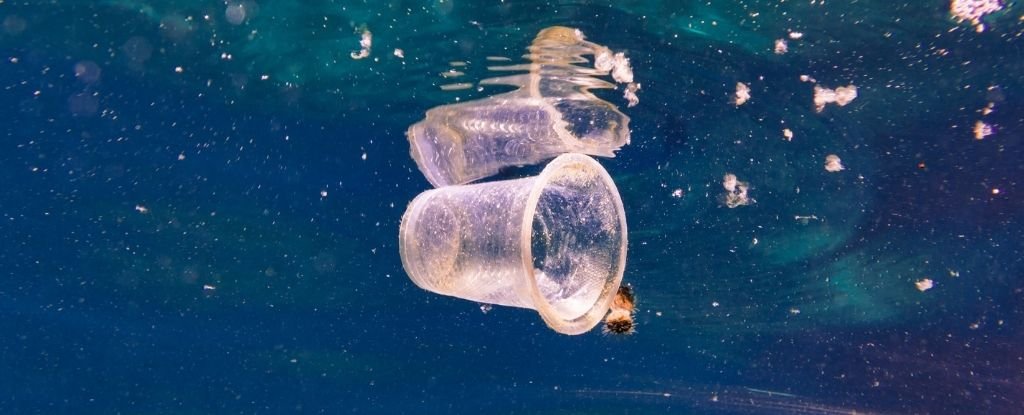Products You May Like
A plastic container thrown into landfill can take hundreds of years to break down naturally, but a newly discovered enzyme could eat up the waste in less than a day.
The highly efficient polyester hydrolase, known as PHL7, was recently found in a German cemetery munching through compost.
In the lab, researchers found it was able to decompose polyethylene terephthalate (PET) by 90 percent within 16 hours.
PHL7 isn’t the first natural ‘plastic eater’ discovered by scientists, but it is the fastest.
In 2016, a PET-guzzling enzyme, called LLC, was found at a recycling plant in Japan. In the years since, it’s been heralded as a gold-standard plastic chomper. But the newly found PHL7 is two times faster at the job.
Since 2016, the LLC enzyme has been tweaked by scientists to create an even more voracious mutant than is natural, yet even this synthetic creation has a thing or two to learn from PHL7.
“The enzyme discovered in Leipzig can make an important contribution to establishing alternative energy-saving plastic recycling processes,” says microbiologist Wolfgang Zimmermann from Leipzig University in Germany.
“The biocatalyst now developed in Leipzig has been shown to be highly effective in the rapid decomposition of used PET food packaging and is suitable for use in an environmentally friendly recycling process in which new plastic can be produced from the decomposition products.”
Unfortunately, neither PHL7 nor LCC can fully degrade PET plastics with higher crystallinity (more organized molecular structure), such as the ones used in some bottles.
But if PHL7 is given a fruit punnet made of PET plastic, it can break down the waste in less than 24 hours.
Even better, the byproducts of this recycling process can be built back up to create new plastic containers.
The possibilities for recycling are immense. Each year, more than 82 million metric tons of PET are produced worldwide, and only a small percent has been recycled into new plastic.
Even when a plastic product is sent to a recycling plant, the process to melt it down and create something new is energy intensive and expensive.
Biological recycling, on the other hand, could help to create a cheap and efficient circular plastic economy. Over the past few years, scientists have been racing to develop plastic-eating bacteria for this very purpose.
PHL7 stands out from other candidates found so far. The way it rapidly breaks down PET seems to hinge on a single building block in its DNA.
At a certain spot in its amino acid sequence, PHL7 carries a leucine where other enzymes carry phenylalanine residue. In the past, leucine in this position has been linked to the binding of polymers to enzymes.
When researchers in Germany replaced phenylalanine with leucine in another enzyme, the organism became much faster at breaking down plastic. In fact, its efficiency was on par with PHL7.
Compared to LLC enzymes, the PHL7 enzyme was also able to bind to more polymers in the lab.
“These results suggest that the phenylalanine/leucine replacement could be partially responsible for the changes in per-residue binding energy contributions in PHL7,” the authors write.
PHL7 is not only speedy, this enzyme doesn’t require any pre-treatment before it digs in. It will eat plastic without grinding or melting.
The process to put the byproducts back together again also doesn’t have to depend on petrochemicals.
“Thus,” the authors conclude, “by employing powerful enzymes such as PHL7 it is possible to directly recycle post-consumer thermoform PET packaging in a closed-loop process with a low carbon footprint and without the use of petrochemicals, realizing a sustainable recycling process of an important PET plastic waste stream.”
Given the dire state of plastic pollution worldwide, that sounds like a dream. The team of researchers at Leipzig University are now working on a prototype.
The study was published in ChemSusChem.
